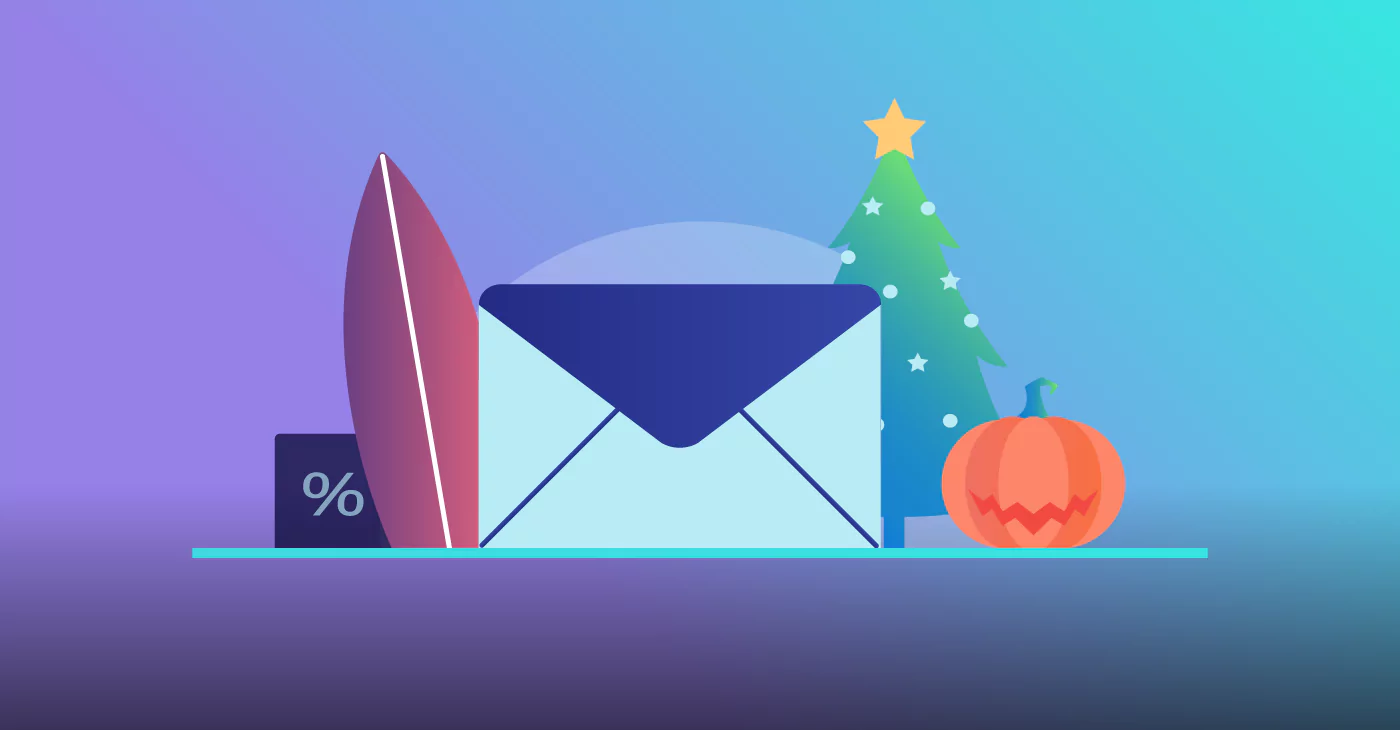
For hundreds of years, businesses practiced only one form of promotions: outbound marketing or advertising. The idea was to hunt down customers and show them what you had to offer in the hopes that they’d buy what you sold. Early in the 21st century, marketers began a new method for finding and connecting with customers: inbound marketing.
Inbound marketing turns traditional marketing efforts on its head. While outbound marketing included buying ad space, buying mail and email lists, and hoping for the best, inbound marketing changed the focus to concentrate on quality content. By delivering relevant content, you can guide people toward your company where they’ll discover your products and services. By creating content your customers are interested in, you attract more qualified prospects than the scattershot ad approach does. And these benefits are just the tip of the iceberg.
Inbound Marketing Benefits
Inbound marketing has a wide variety of benefits, all of which are proven to work well in the digital age. Inbound marketing can:
- Attract more qualified leads, giving you a higher percentage of sales per click.
- Keep customers coming back to your site again and again.
- Have staying power. Evergreen content can live on your site forever and continuously deliver results.
- Provide great educational resources for your audience.
- Help position your brand as a leader in your industry.
While most of its tactics are free, facilitating an effective inbound marketing strategy requires many labor-hours. Also, results don’t come quickly. Unlike sales ads or discount specials, inbound marketing strategies are long-term projects. They take time and commitment to work properly and see the desired results.
Inbound Marketing Basics
The inbound marketing methodology was created to pull potential customers to your business instead of pushing ads out at them. In effect, prospects self-select by going to a company’s website where they choose to look for goods and services. This is in direct opposition to traditional marketing, which sends out ads in the hopes of generating leads or attracting customers.
Inbound marketing is largely successful because of the capabilities digital marketing and communication afford. Businesses use a number of marketing channels, such as social media, content marketing, and SEO, to attract people’s attention. The aim of any content marketing campaign is to extend reach and influence while attracting quality traffic. This traffic is introduced to your inbound funnel, becomes increasingly engaged, and raises conversions. This is done by using both “earned” and “owned” media.
- Owned media are marketing channels that your business has control over. This can include a website, YouTube channels, social media profiles, whitepapers, email marketing campaigns, or blogs. It’s entirely up to you what content you publish, how often you post, and where the information is posted.
- Earned media is content placed on outside sites or outlets. It can include mentions on industry publications, article features, awards, press mentions, posts about your brand made by other accounts on social media, online reviews, and online forum conversations about you. Earned media is published by another source, but it’s generally something that is substantiated by owned media.
Inbound Marketing Results
Unlike traditional outbound marketing, it can be challenging to measure the results of any one inbound marketing campaign. After all, if your service calls increase after you post a series of how-to videos, can you really tell if the videos are the direct reason? Maybe it’s a result of great SEO tactics that are putting your site at the top of Google rankings. Measuring the exact effect of one campaign isn’t always a sure bet, but you can measure details that could be contributing to positive results.
For example:
- Analyze the rising number of people who view your how-to videos. Check your website analytics to see how many of those people click back to your website.
- Look to see if your social posts are leading people back to your website and if once they’re there, they convert to a lead.
- Keep track of how many views your blog posts are getting. If you’re including gated content in your blog posts, track to see how well they’re generating new leads.
From there, you can use a marketing automation tool to educate and nurture those new leads to a sale. If sales numbers from those sources are rising, then they’re effectively contributing to improving your company’s bottom line.
Example of an Inbound Marketing Campaign
The more creative and personalized your inbound marketing campaign is, the more successful it’s likely to be. Your aim should be to attract a dedicated group of fans to your brand so they’ll eventually spend money on your products or services. Some companies have turned this into a fine art.
Wendy’s and Twitter
If there’s one word people are constantly directing toward the person in charge of the Wendy’s Twitter account, it’s “savage,” and their millions of followers absolutely love it. Known for sarcastic comebacks to other fast-food franchise tweets, Wendy’s Twitter account is the undisputed queen of snark. It’s working, too. While it’s tough to pick out detailed causation, Wendy’s had a 49.7 percent growth in profit in the year after the Twitter account went active in its current form.
This approach is just one spoke in the inbound marketing wheel. A strategic social media strategy like this, paired with solid website and email marketing content, is sure to be effective in attracting new prospects, converting them to leads, and generating sales.
Inbound marketing is a vital component in your advertising arsenal. Without it, you’ll find it difficult to compete in the modern digital landscape. Stay tuned for our next post on inbound marketing, where we’ll discuss how to implement it.







